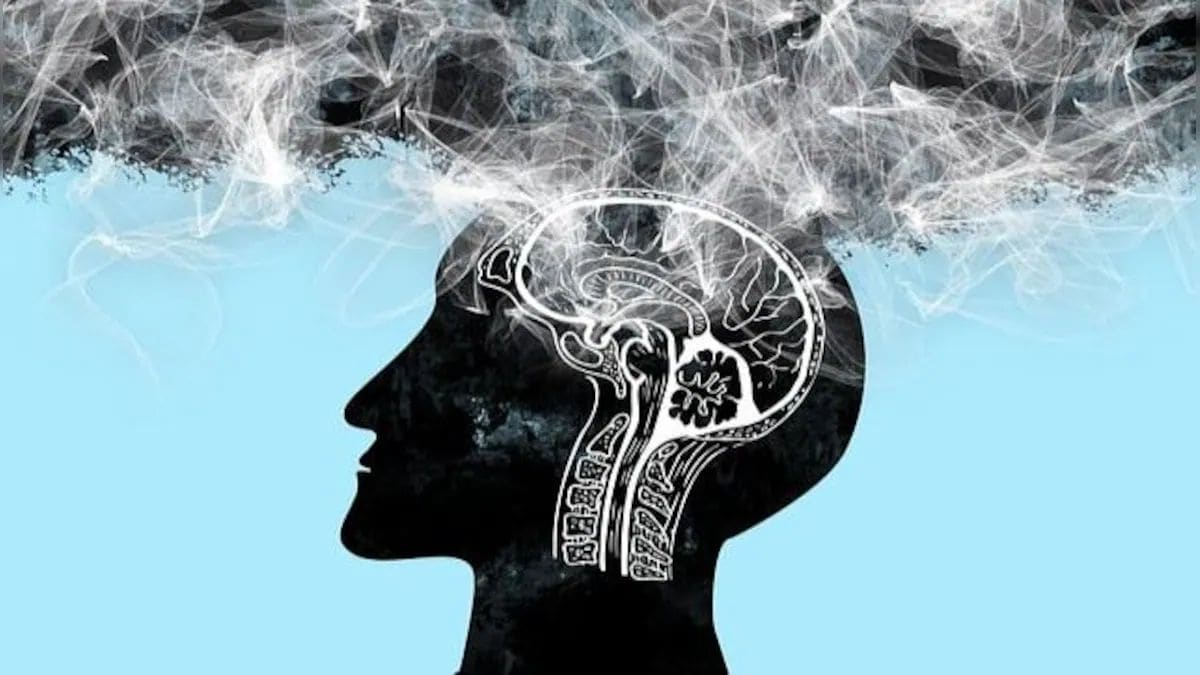In a recent study published in JAMA Network Open , researchers investigated the relationship between state coronavirus disease 2019 (COVID-19) vaccination mandates for healthcare workers (HCWs) and vaccination rates among them. Background Vaccines are critical for combating devastating epidemics such as smallpox, cholera, and bubonic plague. However, personal experience, religious views, and cultural attitudes all influence vaccination decisions.
Policy initiatives, such as vaccination mandates, are critical for promoting widespread vaccination, particularly in hospitals. Before COVID-19, more than 20 US states mandated influenza vaccines for healthcare workers, and more than a dozen added comparable requirements for hepatitis B and measles, mumps, and rubella vaccination. During mid-2021, 17 states mandated COVID-19 vaccines for healthcare professionals, sparking heated disputes over ethics, personal autonomy, and public benefit considerations.

Divergent views among HCWs were discovered, with acceptance rates varying between generations. More empirical information is required to determine the impact of these laws on healthcare personnel. About the study In the present cross-sectional study, researchers examined the impact of COVID-19 vaccination regulations on United States healthcare professionals.
They investigated whether the association changed based on mandate stringency, test-out option availability, and HCW age. The researchers included 16 states, i.e.
, Connecticut, Colorado, California, Illinois, Delaware, Maryland, Maine, New Jersey, Massachusetts, New York, New Mexico, Pennsylvania, Oregon, Washington, Rhode Island, and Washington, District of Columbia, excluding Mississippi. They analyzed individual-level, biweekly data from Household Pulse Survey (HPS) participants between 26 May and 11 October 2021. HPS respondents were aged 25 to 64 years and volunteered or worked in healthcare settings since January 2021.
Researchers conducted analyses from November 2022 to October 2023. The study exposure was the declaration of state-wide COVID-19 vaccination requirements for healthcare professionals. The primary outcome measures were COVID-19 vaccination rates and primary vaccine series completion statuses.
Researchers used the staggered-type difference-in-differences (DID) approach to assess vaccination uptake among healthcare professionals in mandated and non-mandated states pre- and post-mandate announcement. Researchers stratified the sample by COVID-19 test availability instead of vaccinations (i.e.
, test-out options) and by HCW age (25 to 49 years or 50 to 64 years groups) to evaluate heterogeneous associations. Study covariates included age, sex, race, ethnicity, education, marital status, household income, and COVID-19 intensity. Researchers measured pandemic intensity based on state-level fatalities two weeks before every survey week in 2021.
They incorporated survey weights denoting the inverse probabilities of sampling individuals into the HPS study. In addition, since mandate scope may vary across states, they performed a robustness check by excluding states with mandates for hospitals and long-term and state-level healthcare facilities. Results Among 31,142 healthcare personnel (mean age, 46 years; 72% female, 72% white, and 87% were non-Hispanic) from 45 US states, including 16 that announced COVID-19 vaccination mandates, 43% were from mandate states and 57% were from non-mandate states.
Compared to HCWs from control states, those from mandate states tended to be Hispanic (16%), college graduates (51%), and earned at least $100,000 annually (35%). They were less likely to be married (58%), black (14%), or white (67%). Related Stories Recombinant shingles vaccine linked to lower dementia risk, especially in women Study reveals distinct genetic risk factors for influenza and COVID-19 Mucosal COVID-19 vaccine prevents airborne transmission of SARS-CoV-2 Most HCWs were vaccinated before the mandate (84%), of which 88% were from mandate states and 82% from control states.
The analysis showed a mandate-related 3.5% elevation in the percentage of healthcare workers who ever received COVID-19 vaccines and an increase of 3.7% in the HCW proportion completing or desiring to complete primary vaccinations two weeks after the mandate declaration from baseline percentages of 88% and 86%, respectively.
Stratified analyses showed positive associations only for mandate states without test-out options and among healthcare workers aged between 25 and 49 years, indicating vaccination rate improvements of 3.2% to 7.1% compared to baseline percentages.
Estimates using Sant’Anna and Callaway covariates and two-way fixed effects (TWFE) estimators yielded similar results. Excluding states with mandates only for hospitals, long-term and state-level healthcare facilities provided consistent results. Conclusions The study reveals that state-level COVID-19 vaccination mandates for healthcare workers in mid-2021 significantly increased vaccination uptake and completion rates.
The team primarily observed an increase in the initial four weeks following the mandate announcement. They found positive associations only in states without test-out options and among younger healthcare workers. The study demonstrates that vaccination mandates can increase vaccine uptake within an extensively vaccinated population, especially with stringent requirements.
The rapid impact of the requirements might stem from employer mandates pushed by healthcare groups and the federal government before the Center for Medicare and Medicaid Innovation (CMS) countrywide mandate, announced on 4 November 2021. The improvements in vaccine uptake faded in weeks four and five of the post-mandate period, corresponding with the CMS plan to require COVID-19 vaccination in all Medicare- and Medicaid-funded healthcare institutions in September 2021. Wang Y, Stoecker C, Callison K, Hernandez JH.
State COVID-19 Vaccine Mandates and Uptake Among Health Care Workers in the US. JAMA Netw Open . 2024;7(8):e2426847.
doi:10.1001/jamanetworkopen.2024.
26847.

















